Kamban, the author of the Ramayanam, says his attempt to write the story of Rama is akin to the greed of a cat that seeks to drink the entire mythical ocean. Compiling a dictionary as a gateway to Kambaramayanam could be no less task, and the first scholar to achieve it was A.S. Sundararajan Iyengar, a native of Tamil Nadu, who worked as a teacher at Ramanathan College in Sri Lanka.
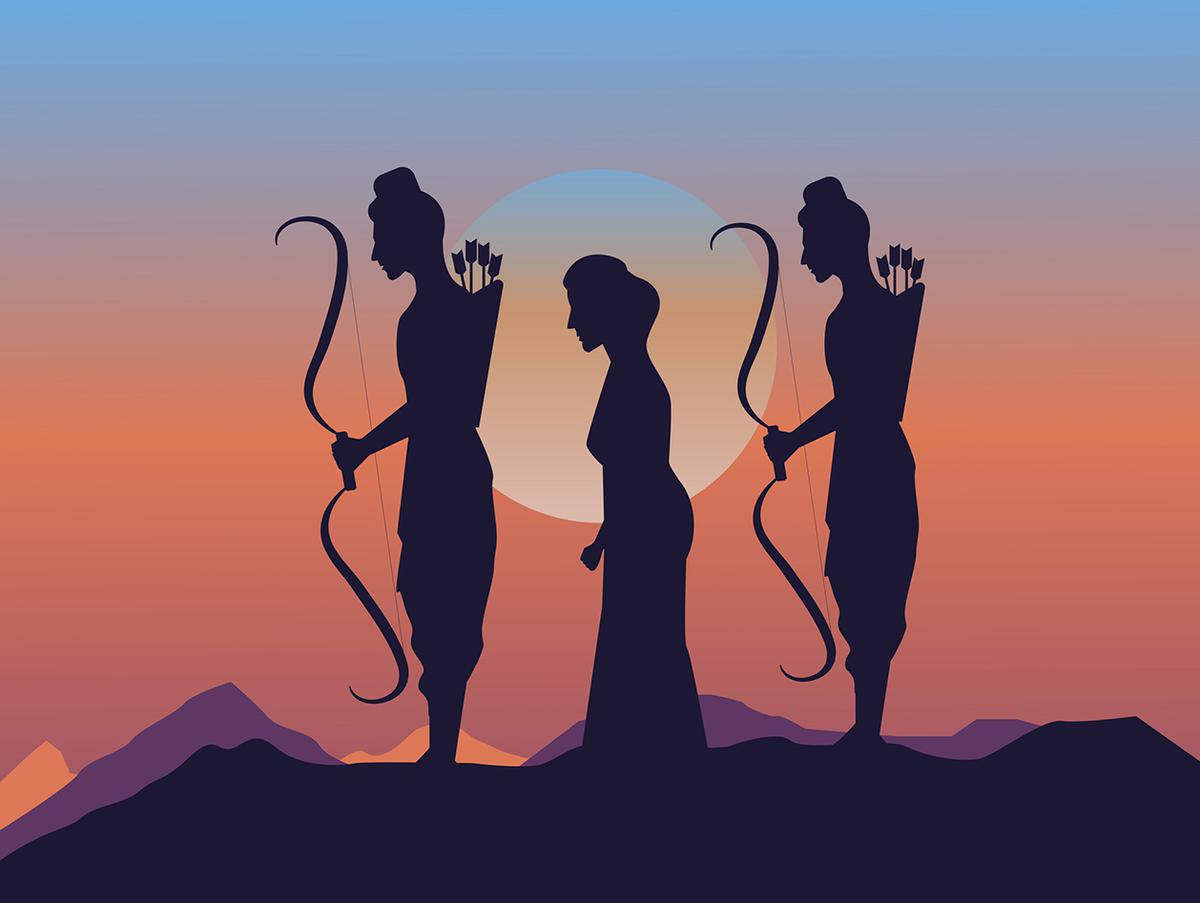
An illustration of Rama with Sita and Laxman. | Photo Credit: Getty Images/iStockphoto
“I started compiling the dictionary for the benefit of those who want to delve into the entire work or some parts of Kambaramayanam,” says Sundararajan mentioning the objective behind the compilation.
Glossaries have always been an integral part of all great literary works. But few can boast of having an exclusive dictionary. There’s a dictionary for Periyapuranam, and Sundararajan compiled an exhaustive one for Kambaramayanam with a team of eight scholars including the late A. Srinivasa Raghavan and K. Vellaivarananar.
Reviving ancient works
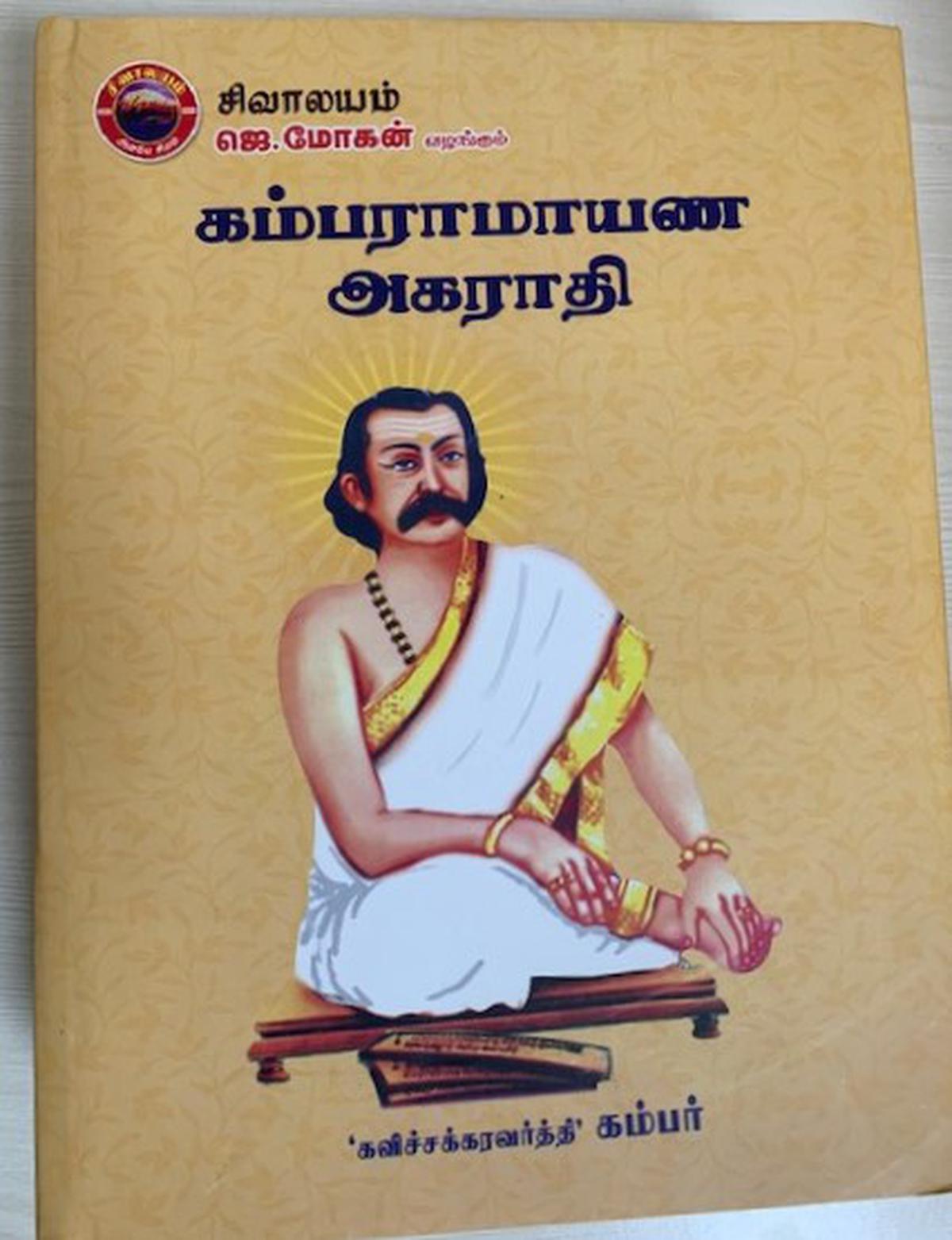
The book cover Kambaramayanam dictionary. | Photo Credit: Special Arrangement
The book first published in 1970, has been reprinted by J. Mohan, founder of Sivalayam, an organisation dedicated to reviving ancient Tamil literary works that are out of print.
Though planned as a dictionary of words, Sundararajan had expanded its scope on the advice of T.P. Meenakshisundaran, the then Vice-Chancellor of Madurai Kamaraj University, and it resulted in a voluminous collection of 22,000 words and phrases. It runs into four volumes, available as two books.
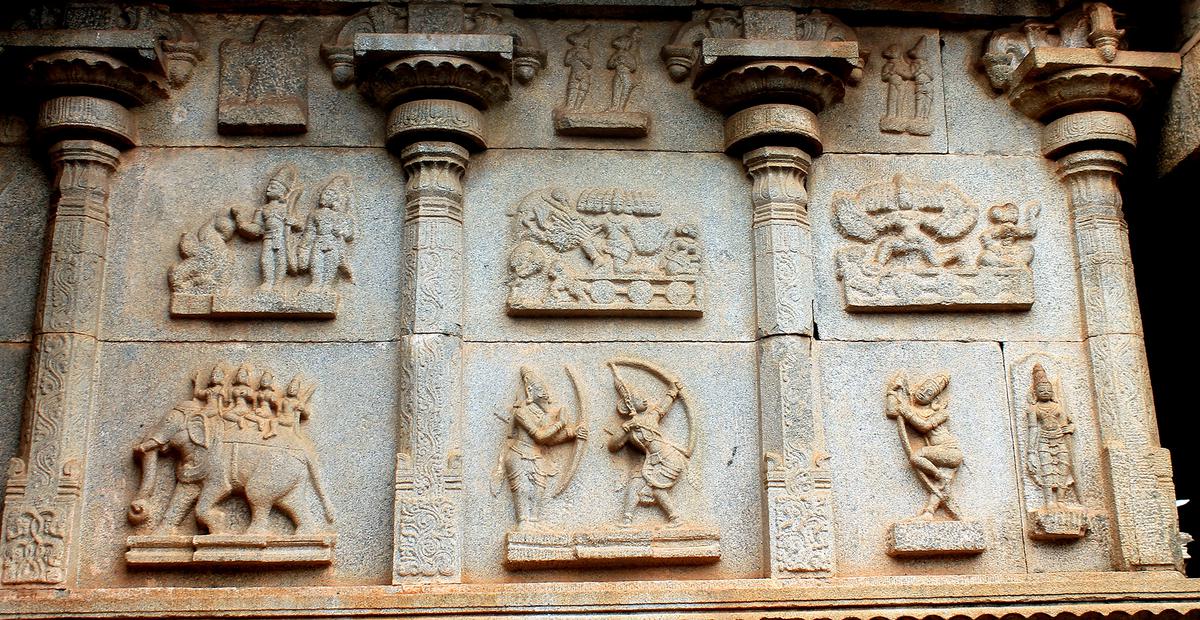
Scenes from Ramayana on the outer wall of the mandapa of the principal shrine at Hazara Rama temple. | Photo Credit: The Hindu Archives
“The Kambaramanyanam dictionary contains all the words found in the great Tamil epic. They have been arranged alphabetically, with meanings and relevant quotations to explain the context. Thus becoming almost a concordance,” writes Meenakshisundaran in his preface.
Original verses and interpolations
A literary masterpiece of more than 10,000 verses, Kambaramayanam poses a daunting task to anyone who ventures to write a commentary or compile a dictionary. Over the years, scholars have debated over the presence of original verses and interpolations, and variations in texts and meanings.
T.K. Chidambaranatha Mudaliar, a scholar and ardent devotee of Kamban, had claimed that there were 3,000 interpolations. However, according to the edition of the Chennai Kamban Kazhagam, there are around 2,000 interpolations. The affordable edition brought out by Murray S. Rajam incorporated separately what is considered interpolations. The order of the verses also differs with each edition, and Sundararajan had kept in mind all these issues and had referred to the variations in the serial number of the verses in each edition. He had also written in detail the history of the many Kambaramayanam editions brought out by various scholars and institutions including Annamalai University, Vai.Mu. Gopalakrishamachariyar, Kalakshetra, and Murray S. Rajam. “The dictionary is the need of the hour since we do not have many scholars who can impart knowledge on Kambaramayanam to students. The dictionary will help those who are keen on reading Kamban’s work on their own or with the help of others,” says J. Mohan.
Dravidian movement
His views capture the Tamil society’s attitude towards Kambaramayamam, that was sidelined after the emergence of the Dravidian movement in Tamil Nadu. The leaders of the movement, though they appreciated its literary merits, disagreed with the subject matter.
“Kamban was not on the list of Tamil savants for whom the DMK government led by C.N. Annadurai decided to install a statue on the occasion of the World Tamil Conference (1968). He agreed to it only after Karuthiruman, the Congress leader in the Assembly, made a strong case for it. Anna then came forward to donate his one month salary towards it,” recalls Mohan.
When he penned an anthem for the Classical Tamil Conference, DMK leader M. Karunanidhi included Kamban only after a few scholars pushed for it. Though Kamban is hailed as the ‘Emperor of Poetry’ and one of the most learned (kalviyir siranthavan Kamban), his work has been relegated to mere Bhakti literature. Today, not many universities teach Kambaramayanam in detail even for post-graduate courses in Tamil. “When we were students, we had to study one epic. There is a need to create a culture in which students will read in full classics such as Kambaramayanam, Silapathikaram, Manimekalai, and other works, says Y. Manikandan, head of the Department of Tamil Language, Madras University. But learning Kamban always poses a challenge. Even a redoubtable scholar like. T.P. Meenakshisundaran had told V.I. Subramanian, the first Vice-Chancellor of the Tamil University, that he had not read it word by word. “Reading, delving into it and making a critical approach is a lifetime effort. Kambaramayanam is a deep sea. The more we delve, the more we will get the precious pearls,” writes D. Gnanasundaram, one of the living scholars on Kambaramayanam.
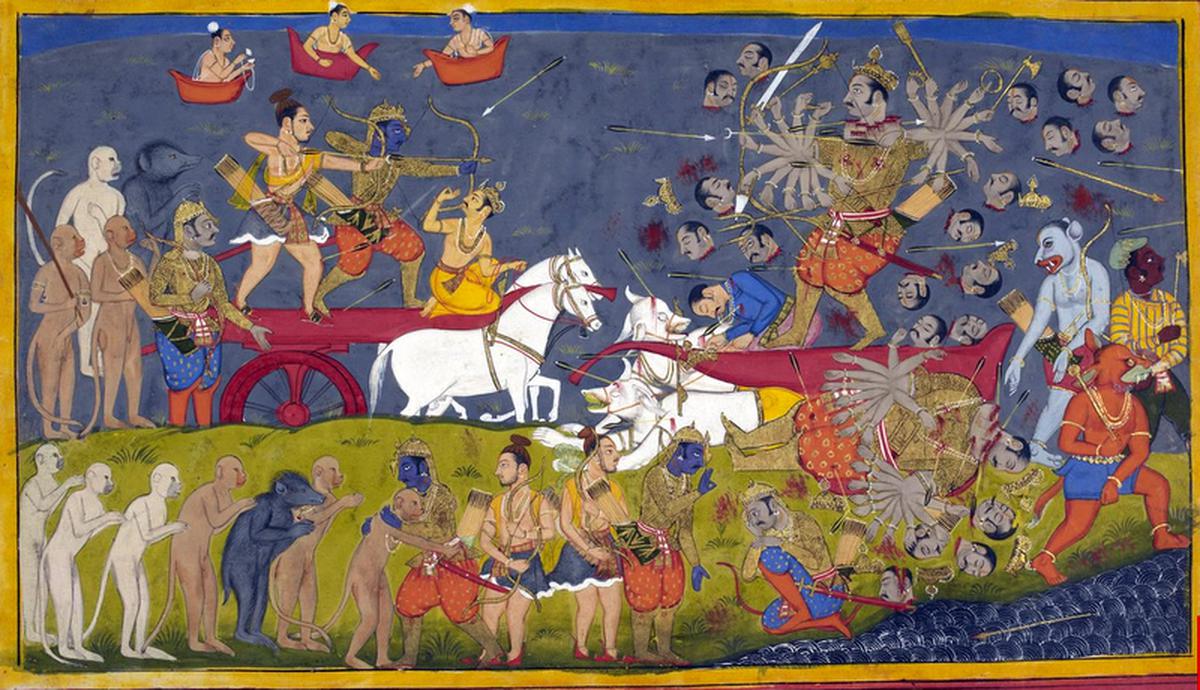
A painting depicting the Yudh Kanda, the battle of lanka between Rama and Ravana. | Photo Credit: The Hindu Archives
Rekindling interest
He says the dictionary has incorporated Tamil words used by Kamban as an equivalent to Sanskrit words, Sanskrit words translated into Tamil as per the Tamil grammar, words borrowed from Tirukkural and colloquial usages.
For example, he has translated the word ‘Rajahamsam’ as ‘Arasavannam’ and ‘Kavatasan’ as ‘Aanpeyar Kannan’. ‘Ankanam’, the word found in Tirukkural and not in Sangam literature can be found in Kambaramayanam,” he further writes.
When listing out the reasons that would help the Tamil race achieve immortality, poet Subramania Bharati only refers to the verses of Silapathikaram, the depth, and beauty of Tirukkural and Kamban’s symbolism that sought to explain the meaning of the infinite. Tirukkural, a didactic literature, continues to play a role in the life of Tamils. Epics seem to have lost their previous charm. The dictionary may rekindle Tamils’ interest in Kambaramayanam.
Adblock test (Why?)
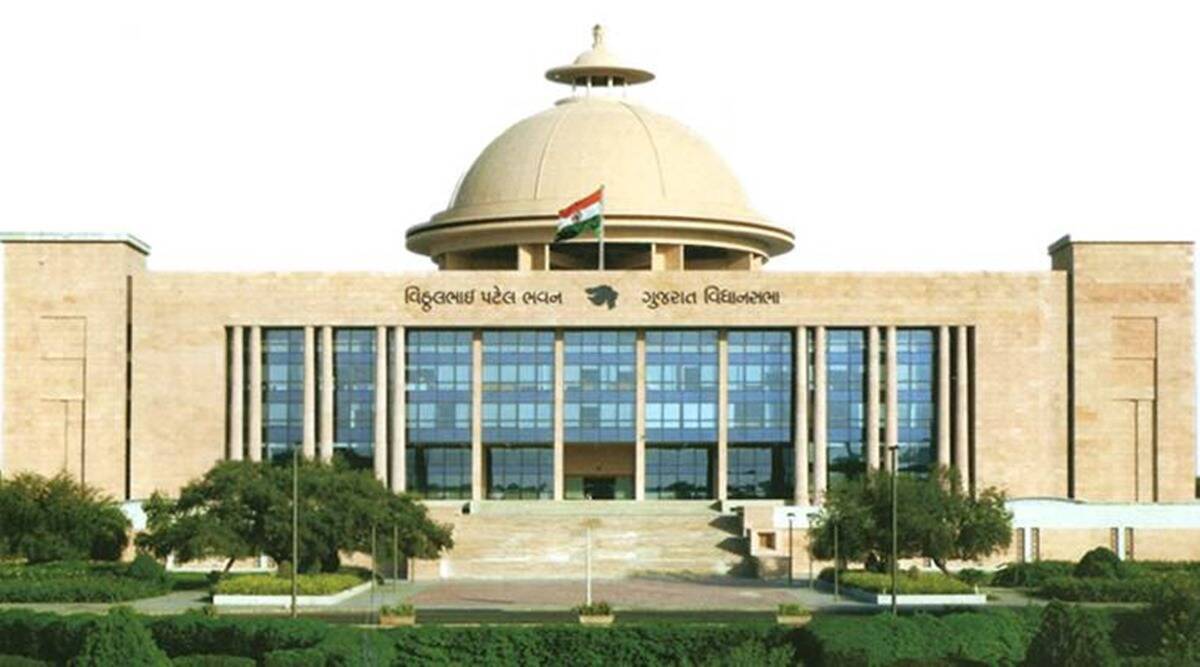


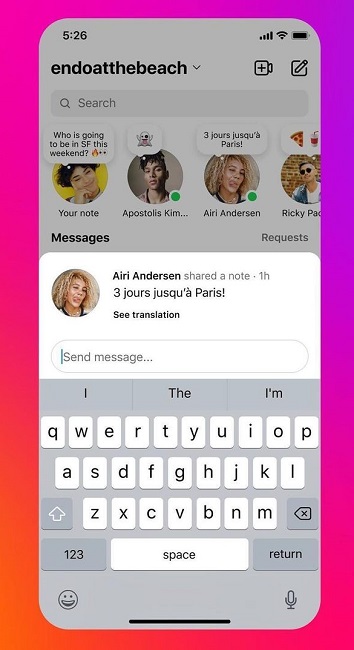







COMMents